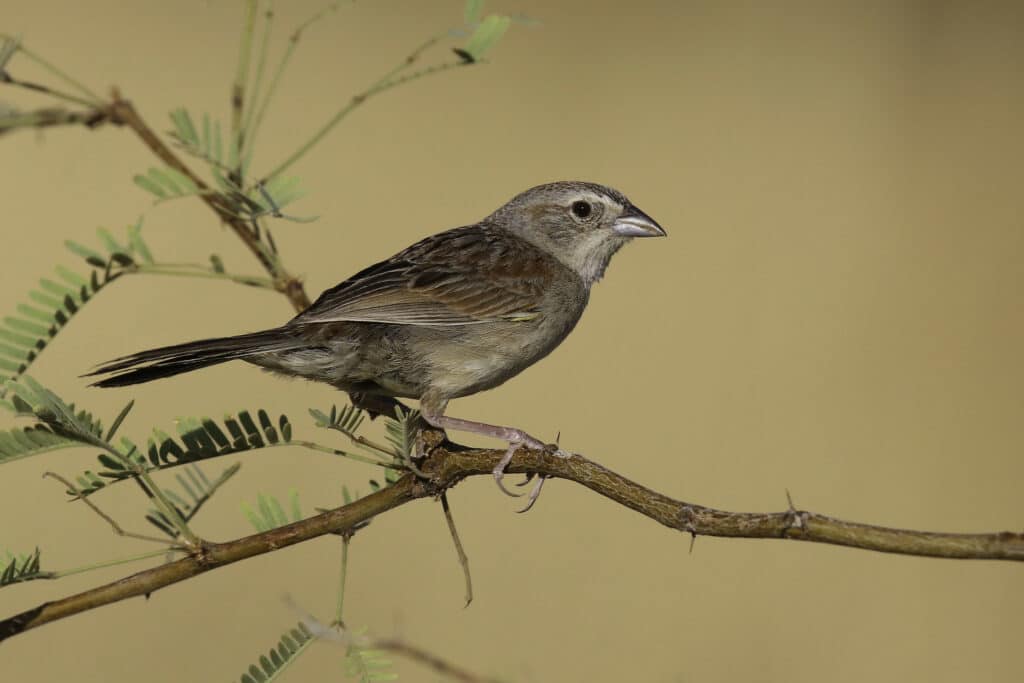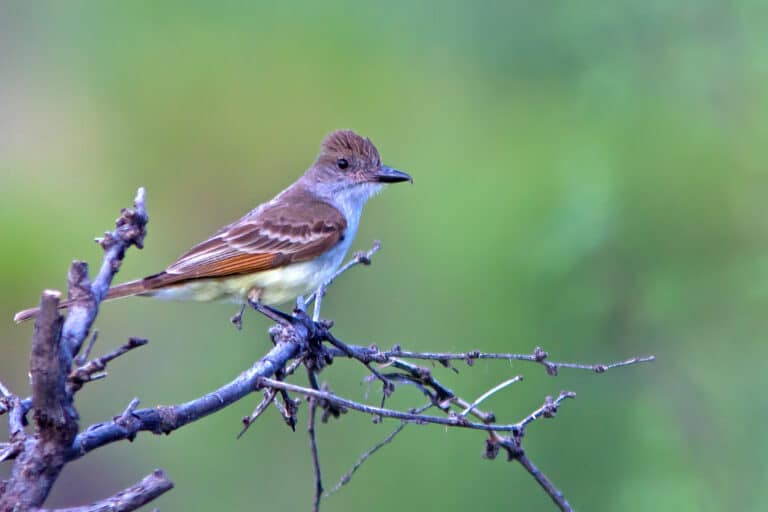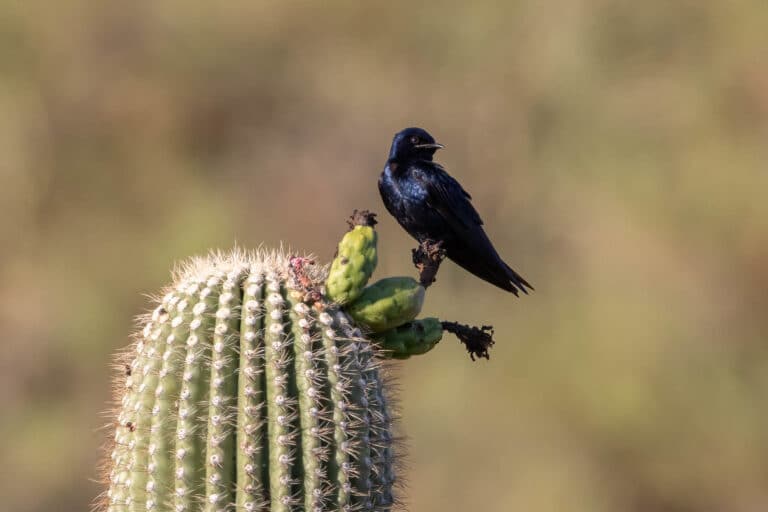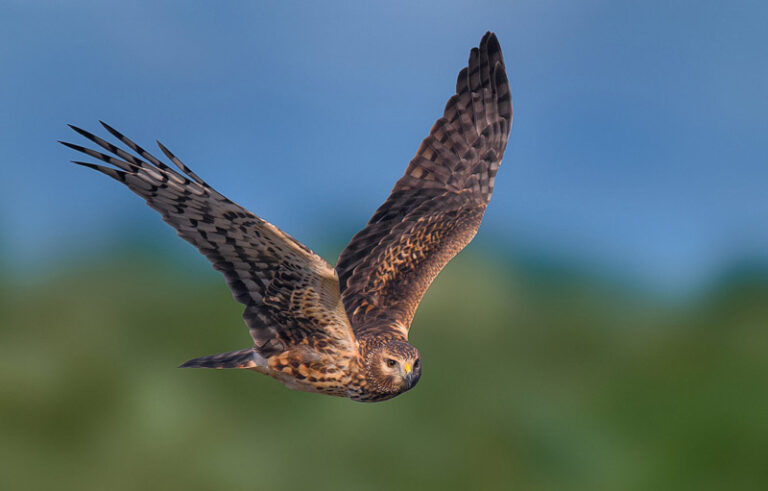I know what you might be saying, “Never heard of it” or “Isn’t that just a female House Sparrow?” Believe it or not, Botteri’s Sparrow is a Southeast Arizona specialty bird that people from across the US come here to see. It’s true, the bird lacks dazzling colors and sort of resembles that ubiquitous bird from Europe. The experience and adventure of tracking down this species in the grasslands of Arizona during monsoon will more than make up for it!
Botteri’s Sparrow is a mostly Mexican species that breeds in Southeast Arizona with the onset of our summer rainy season and the resulting abundance of grasshoppers (their favorite prey item). It prefers ungrazed or lightly grazed grasslands of giant sacaton grass, oak woodland, and to lesser extent, mesquite uplands. This preference for tall grass and their nesting on the ground makes them difficult to see at most times. They will however perch up and deliver one of the most interesting and recognizable songs in our region—an initially hesitant couple of notes followed by a wonderful “bouncing ball” trill. Traipsing around the foothills of the Santa Ritas or the wide open expanses of the San Rafael Valley during monsoon and listening to the chorus of bird song is a real treat.
It’s thought that Botteri’s Sparrows were probably more widespread during the nineteenth century, but overgrazing may have eliminated most of their suitable habitat. They might not always be on Southeast Arizona’s specialty bird list either, as climate change and the invasive Lehman’s lovegrass may force them to move farther north. Tucson Audubon’s conservation work aimed at wintering Chestnut-collared Longspurs might also be beneficial for this summer sparrow as disturbed grassland is replaced with native species.
Image by Matthew Studebaker




